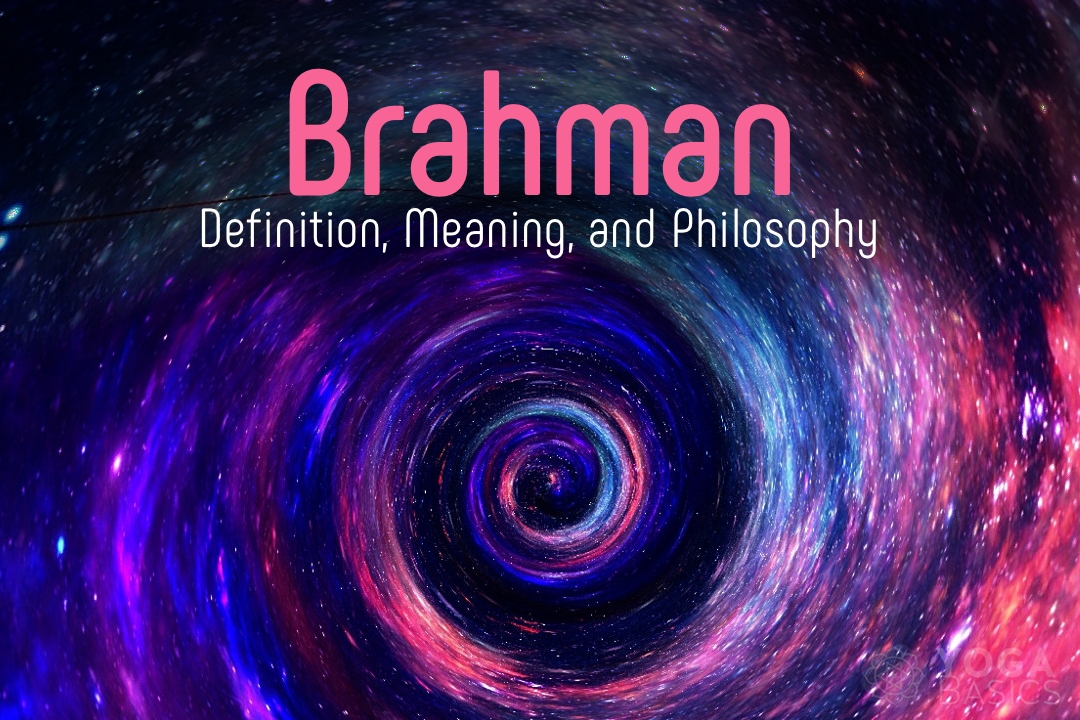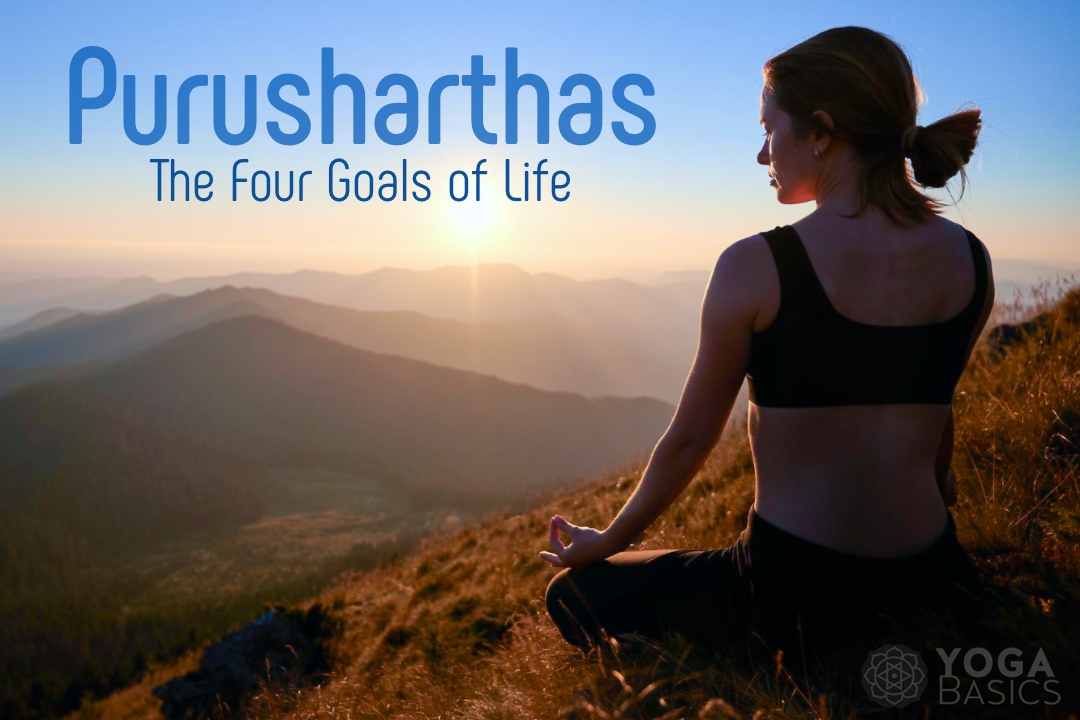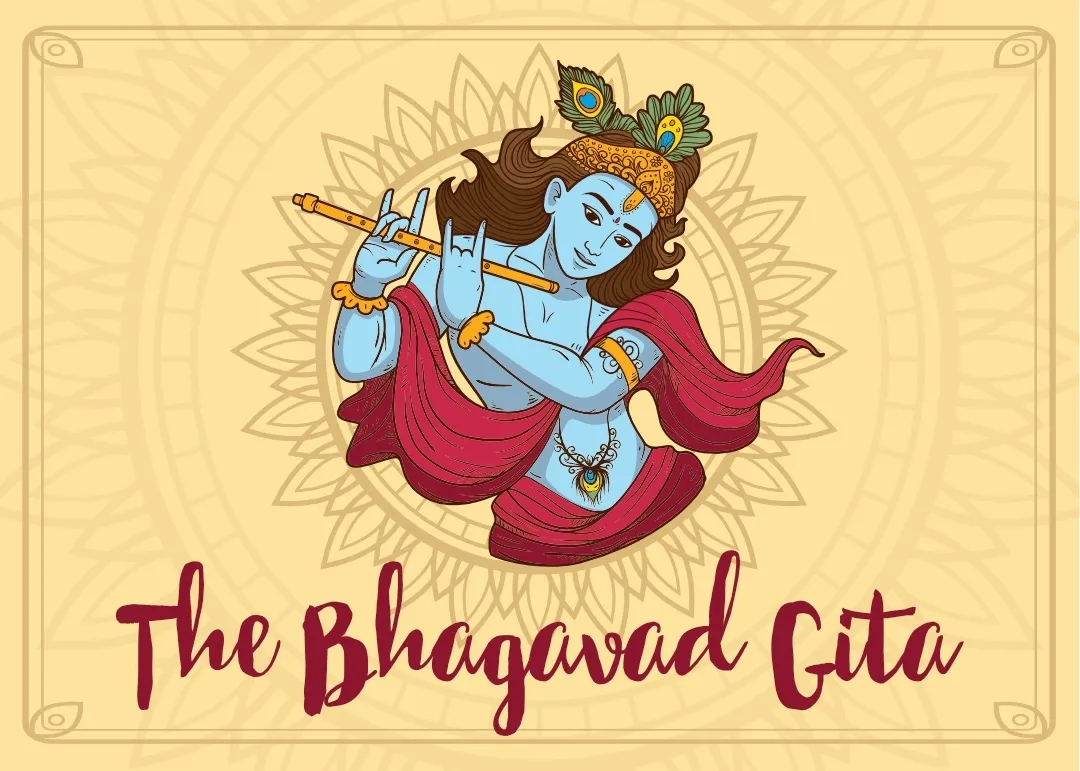Hinduism and Buddhism, Sikhism and Jainism as well as Yoga philosophy share a common belief in the concept of enlightenment and self-realization. These spiritual paths are guided by the possibility of liberation and emancipation. Although the concepts of Moksha and Maya can be hard to grasp, they are essential for yogis who wish to progress along the path to enlightenment. These spiritual practices can help you achieve inner peace, joy, and contentment even if self-realization is not your goal. Each step we take to achieve moksha brings us more joy, peace and happiness.
What is moksha?
Moksha, or mukti is the central concept in Indian philosophy. Moksha is translated from Sanskrit to “liberation, freedom or bliss.” This state of non-ego occurs when the “I-maker”, or ahamkara, vanishes.
The attachment, desire and inability to experience or see the unity of all life are what binds us to the material world. Ancient yogis viewed this bondage to be the main source of human suffering. Moksha, or the path to liberation from pain and self-realization, is a way of achieving freedom from suffering. This path of liberation allows one to experience the transcendental planes and bliss of a state of deep happiness.
Moksha, or liberation, is not a location; it doesn’t exist in the sky, on earth, nor in the spirit world. This state of absolute freedom is not confined to space, time or location. It can only exist now, at the moment. Moksha, or liberation from suffering, is not a place. It is a journey that begins as soon as one realizes their true nature.
Moksha, the ultimate goal of Yoga. Yoga is a way to break free from our ego. We are learning to let go and cultivate a deeper sense of ourselves.




